Proposed electricity generation developments: peat landslide hazard best practice guide
Second edition of guidance on best practice methods to identify, mitigate and manage peat slide hazards and associated risks.
Figures and Plates
Figure 1.1 Flow diagram checklist for peat landslide hazard
and risk assessment
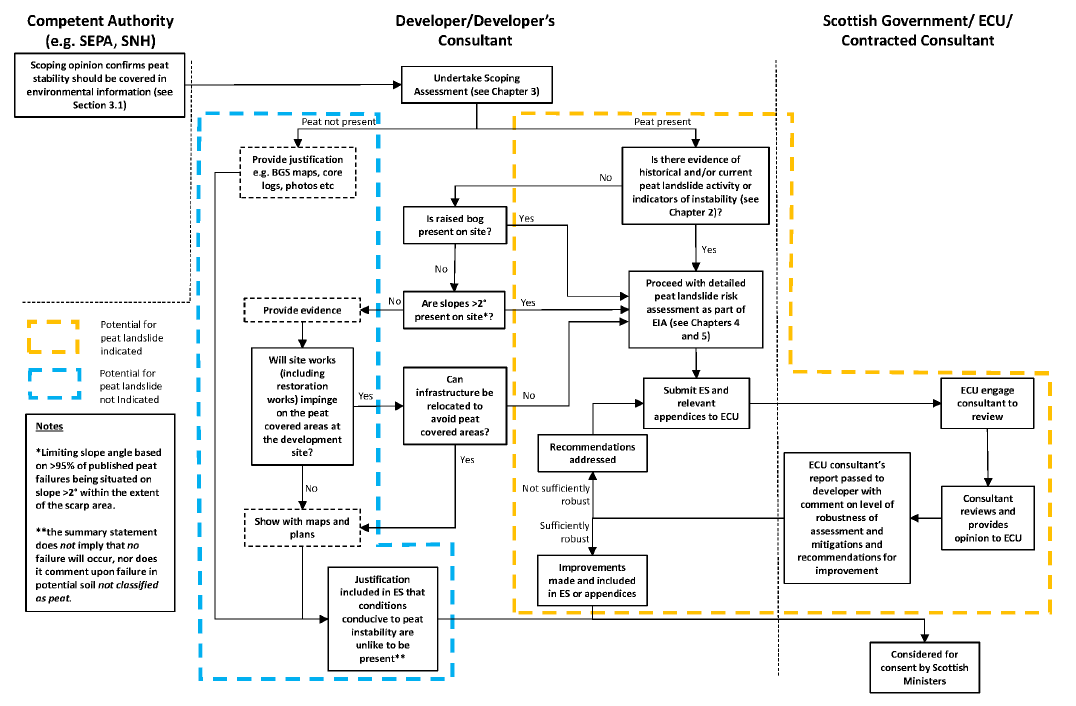
Figure 5.1 Balance of slope forces

Plate 2.1 Bog burst, a spreading failure in peat with pear
shaped area of disturbance with concentric rafts and tears and
little substrate exposed

Plate 2.2 Peat slide, a shallow translational slide failure
in peat with large slab-shaped raft visible (right) and extensive
exposed substrate (left)

Plate 2.3 Long and semi-continuous tension crack
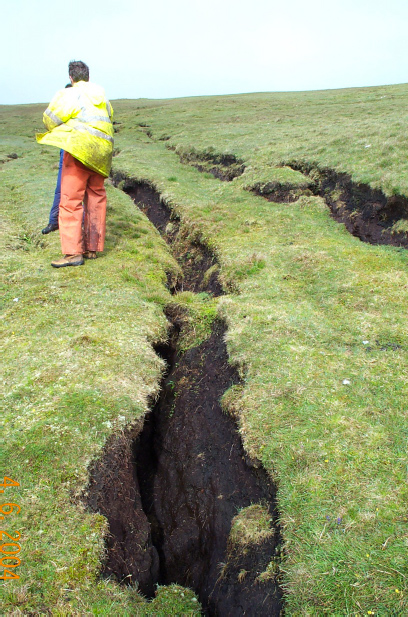
Plate 2.4 Diamond shaped tears

Plate 2.5 Multiple intersecting cracks

Plate 2.6 Compression ridge

Plate 2.7 A section of thrusted peat
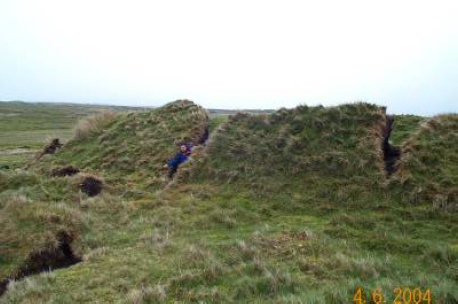
Plate 2.8 Extrusion features
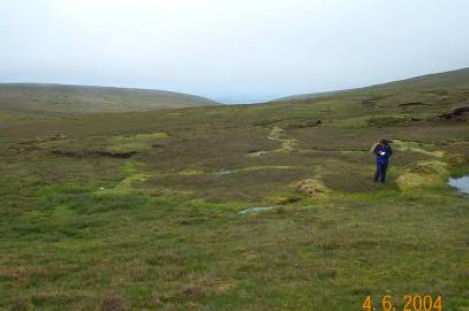
Plate 2.9 Pipe outlet in exposed peat scarp
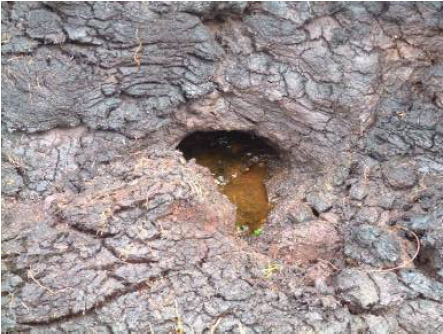
Plate 2.10 Collapsed piping
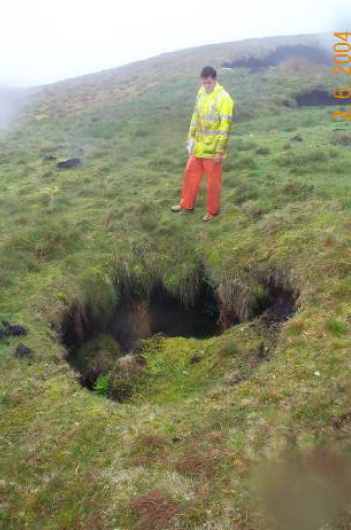
Plate 2.11 Gullies, and pools and hummocks

Plate 2.12 Flushes and soakaway

Contact
Email: Energy Consents Unit
Phone: 0300 244 4000 – Central Enquiry Unit
The Scottish Government
St Andrew's House
Regent Road
Edinburgh
EH1 3DG
There is a problem
Thanks for your feedback